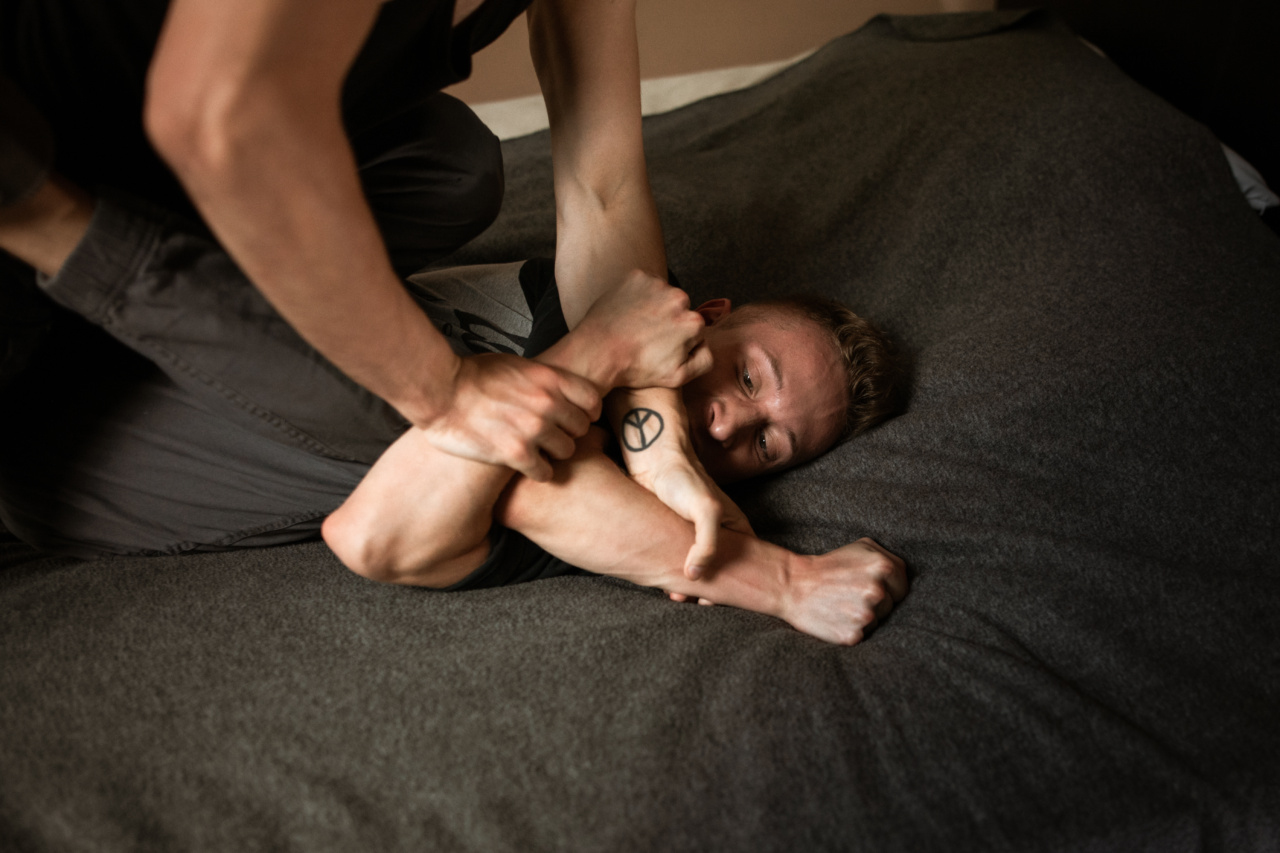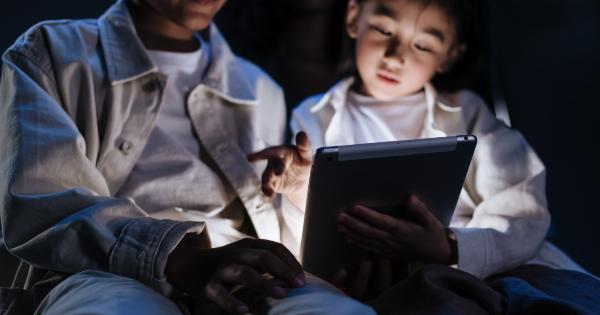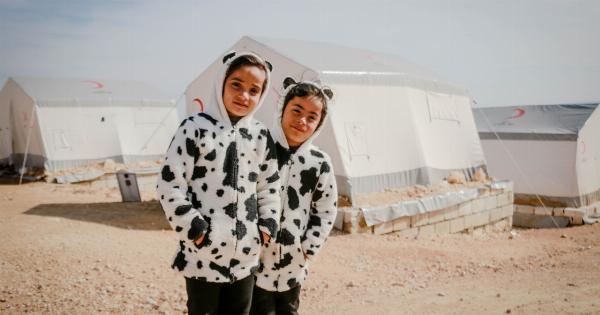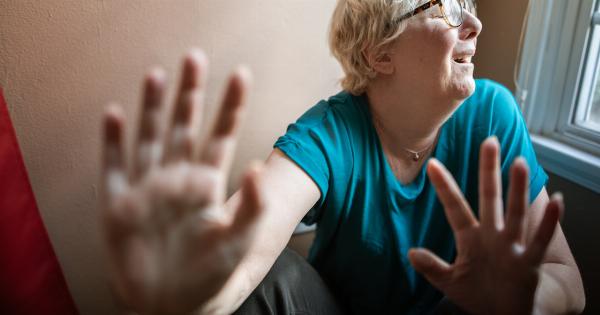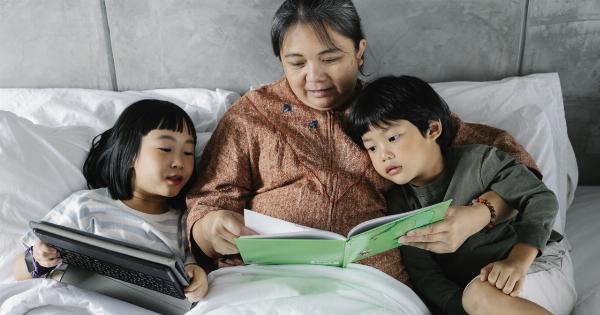Child sexual abuse is a horrifying and deeply disturbing crime that affects countless innocent children all around the world.
It is an epidemic that remains largely hidden and shrouded in secrecy, making it difficult to comprehend the true extent of its prevalence. The dark reality of child sexual abuse is a topic that demands our attention and a collective effort to prevent, eradicate, and support the victims of this heinous act.
Understanding Child Sexual Abuse
Child sexual abuse refers to any sexual act imposed upon a child by an adult or an older adolescent. This can include a range of behaviors, such as touching a child’s private parts, exposing genitals, or engaging in sexual penetration.
It is important to note that child sexual abuse is not limited to physical contact, as it can also involve non-contact acts like the production or distribution of child pornography, the use of explicit language, or online grooming.
The Devastating Impact on Victims
The consequences of child sexual abuse extend far beyond the immediate act itself. Victims often suffer from long-lasting psychological, emotional, and physical scars that can persist into adulthood.
The trauma experienced during childhood can lead to a wide range of mental health disorders, including depression, anxiety, post-traumatic stress disorder (PTSD), and dissociative disorders.
Furthermore, sexual abuse can severely impact a child’s sense of self-worth, ability to trust others, and their overall development.
The betrayal of trust by an adult figure can cause a profound sense of shame and guilt, leading to a cycle of self-blame and self-destructive behaviors.
The Underreporting Epidemic
One of the most disheartening aspects of child sexual abuse is the staggering underreporting rate. Due to the power dynamics involved, fear of reprisal, and the manipulation tactics employed by abusers, many victims never disclose their abuse.
In some cases, children may not even recognize that what they are experiencing is sexual abuse, further perpetuating the cycle of silence.
Studies have shown that only a fraction of child sexual abuse cases are reported to authorities, with estimates ranging from 10% to 30%.
This underreporting not only allows abusers to continue their heinous acts but also perpetuates a culture of secrecy that hinders efforts to prevent and address child sexual abuse effectively.
Recognizing the Signs
It is crucial for parents, caregivers, teachers, and the community at large to be aware of the signs that may indicate a child is a victim of sexual abuse. While everyone may react differently, some common indicators include:.
- Unexplained changes in behavior, such as withdrawal or aggression
- Sudden fear or avoidance of certain people or places
- Irrational or excessive fear of specific situations
- Regression to earlier behaviors, such as bedwetting
- Unexplained physical injuries or complaints of pain
- Sudden decline in school performance or loss of interest in activities
- Depression, anxiety, or suicidal thoughts
- Excessive secrecy or inappropriate knowledge of sexual behavior
It is essential to approach these signs with care and empathy, ensuring the child feels safe to disclose their experiences if they so choose.
Professional help from therapists or counselors specializing in trauma and abuse should be sought to provide the necessary support and intervention.
Prevention and Breaking the Cycle
Preventing child sexual abuse requires a multifaceted approach that involves education, raising awareness, and fostering safe environments.
Communities must prioritize the protection of children and provide resources for professionals, parents, and children themselves:.
- Education programs in schools that teach children about their rights, boundaries, and empowering them to speak up if they feel uncomfortable
- Parenting programs that educate parents and caregivers about the signs of abuse, how to protect their children, and how to address concerns effectively
- Training for professionals working with children, such as teachers and healthcare providers, to recognize and respond to signs of abuse
- Establishment and enforcement of stricter laws against child sexual abuse, with severe penalties for offenders
- Providing accessible and confidential helplines, counseling services, and support groups for victims and their families
Breaking the cycle of child sexual abuse requires shifting societal norms to promote open discussions surrounding consent, healthy relationships, and sexuality.
By challenging the stigma and shame associated with sexual abuse, we can create an environment where victims are empowered to seek help, and potential abusers are less likely to act due to increased awareness and consequences.
Supporting Survivors
Supporting survivors of child sexual abuse is crucial for their healing and recovery. Empathy, understanding, and a non-judgmental attitude are essential when interacting with survivors.
Encourage them to seek professional help and connect them with support groups or organizations that specialize in helping survivors of trauma.
It is equally important to create safe spaces within our communities where survivors can share their stories if they choose to do so.
Providing platforms for survivor voices not only raises awareness but also sheds light on the lasting impact of child sexual abuse, encouraging society to commit to prevention and support initiatives.
Conclusion
The dark reality of child sexual abuse is a tragic truth that we must confront head-on. By acknowledging the prevalence, devastating impact, and underreporting epidemic, we can work towards eradicating this heinous crime.
Preventing child sexual abuse, recognizing the signs, and offering support to survivors are vital steps in breaking the cycle and ensuring a safer future for our children.
